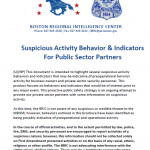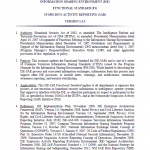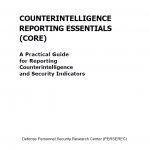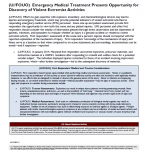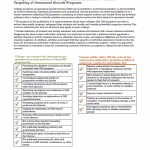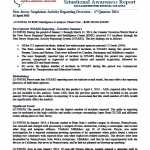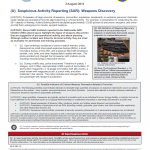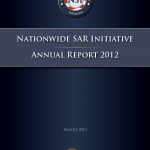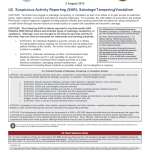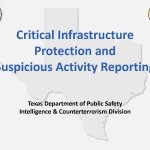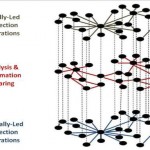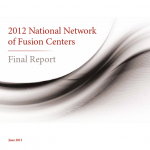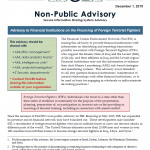
The Financial Crimes Enforcement Network (FinCEN) is issuing this advisory to provide financial institutions with information on identifying and reporting transactions possibly associated with Foreign Terrorist Fighters (FTFs) who support the Islamic State of Iraq and the Levant (ISIL), al-Qa’ida, and their affiliates in Iraq and the Lev ant region. Financial institutions may use this information to enhance their Anti-Money Laundering (AML) risk-based strategies and monitoring systems. This advisory is not intended to call into question financial institutions’ maintenance of normal relationships with other financial institutions, or to be used as basis for engaging in wholesale or indiscriminate de-risking practices.

